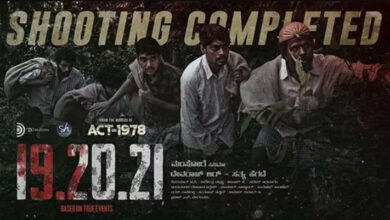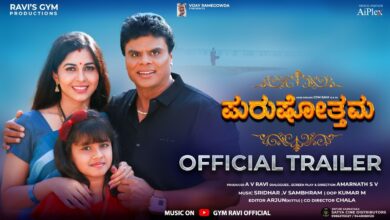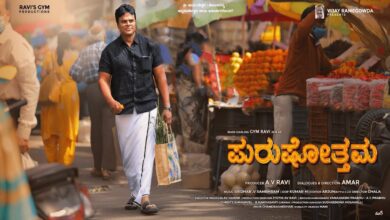Dancing in Silence
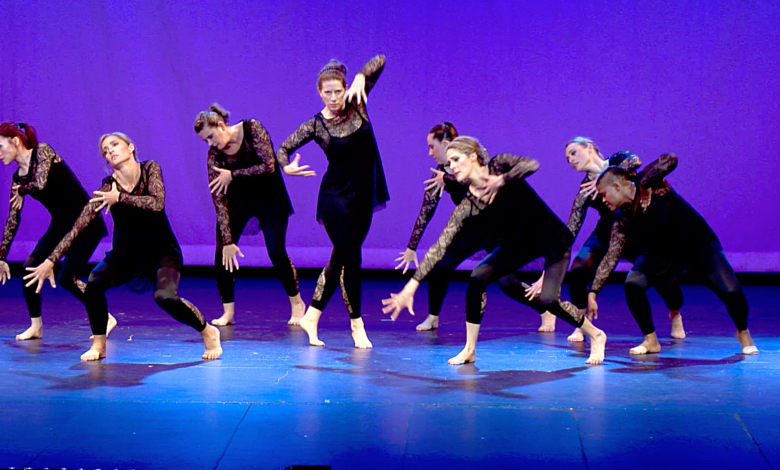
Dancing is a performing art where dancers perform selected sequences and well-coordinated movements in a rhythmic way, usually in sync to background music. However, there is actually an unique form of dancing that is performed with no music at all.
In 1936, the opening of Martha Graham’s “Steps in the Street”, from the Chronicle is a great instance of a unique art of performing in total silence. To picture what happened on that stage- a group of dancers make their way to the stage slowly, with faces that show no expressions, and their bodies stiff, following one behind the other.
For almost 2 minutes the dancers take their place on the stage filled with complete silence. The show begins and the dancers perform without a single beat of music.
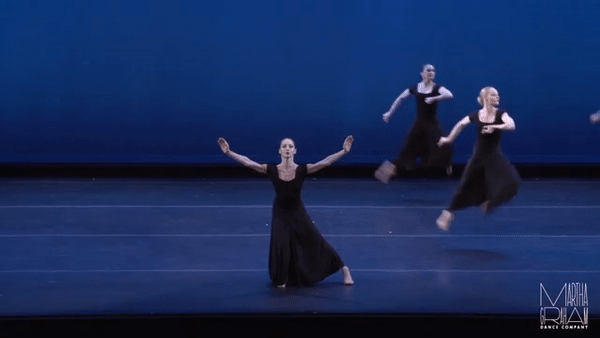
It is very difficult for the dancers (who otherwise perform to background music) to dance in silence.
Helen Pickett says, “Silence makes us think more”. Basically, it creates a space to think and get more inspiration through ones’ thoughts.
Perfecting the Pace
When we try to dance in silence, it is often difficult to dance in a slow pace. So, how can we teach someone to dance in silence? Imagination is the key!! By just imagining a musical score, a dance performer can keep up a consistent tempo. At times, a dancer will be so involved and used to the music that even though you take it away, s/he can still feel it, hear it, and still be able to dance to it.
This was proved at the Art of Accidental Silence in which Limon’s 1937 Psalms were performing.
The music was suddenly interrupted during the performance, but the dancers were completely immersed with the dancing, and when the music resumed again, they were perfectly in sync with the rhythm and pace of the music!!
There is that thin line between hearing the music and resonating to music.
Co-ordination:
When we dance with blindfolds or without music, it becomes very tough to coordinate with each other. Yet trained performers who are blindfolded can make it happen by just listening to the breath of their partner/s or people around them, and the sound of the footsteps also seems to assist them in pulling it off. However; achieving this requires lots of practice, patience, and visualization. Performers need to train their brains to adapt and overcome.
Innovation:
Silence can turn you into a great musician. Choreographer Helen Pickett has introduced workshops, which focus on the creative potential of silence. She also focuses on promoting a large sense of hearing which is related to the concept of synaesthesia. Pickett states that “Some people can taste words or see movement in color. Touching is also like listening; the skin is listening.” When working with music, dancers can be overwhelmed by their auditory sensations. Silence allows them to tune in to the other senses of their bodies.
The silent form of dancing can be practiced as it can help improve concentration, improve our thinking, and develop our senses. I feel that Indian performers can try this unique art and discover a form of dancing that is independent of music. What do you feel?


